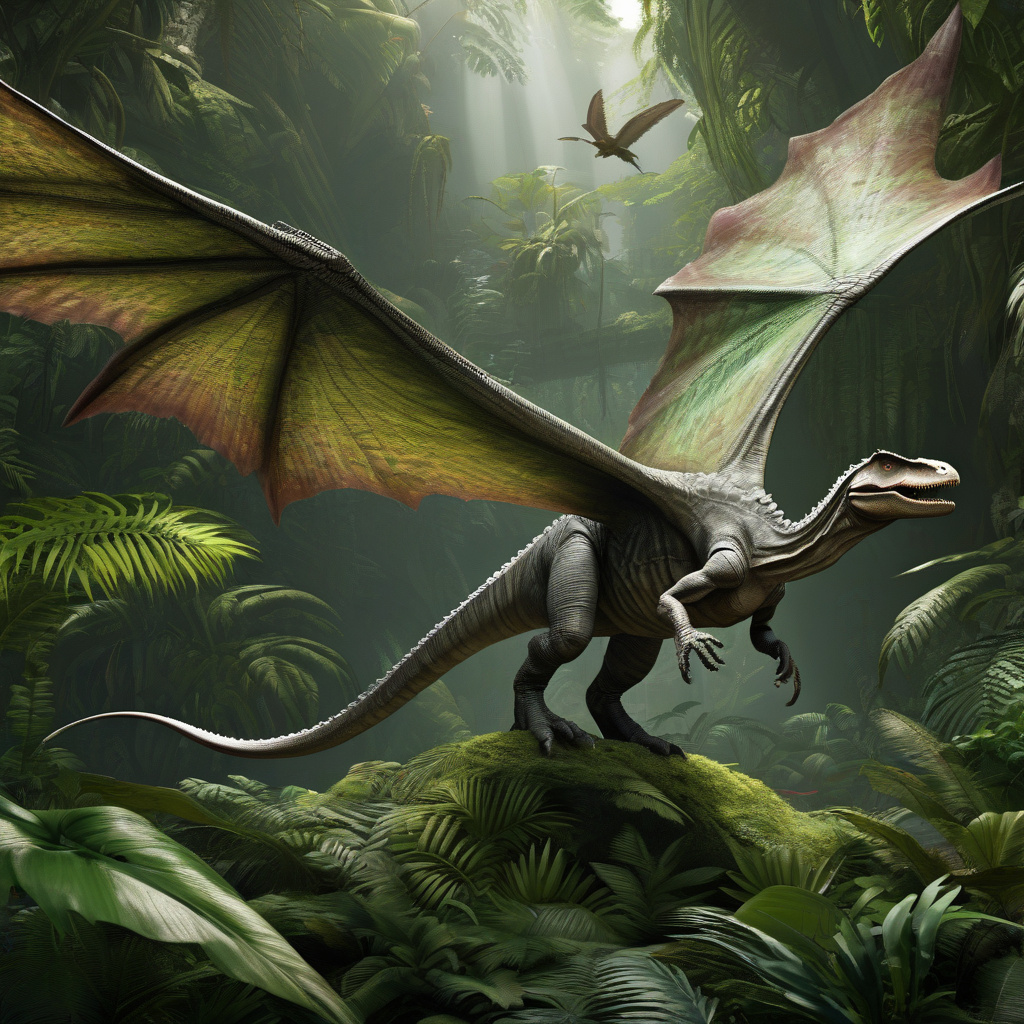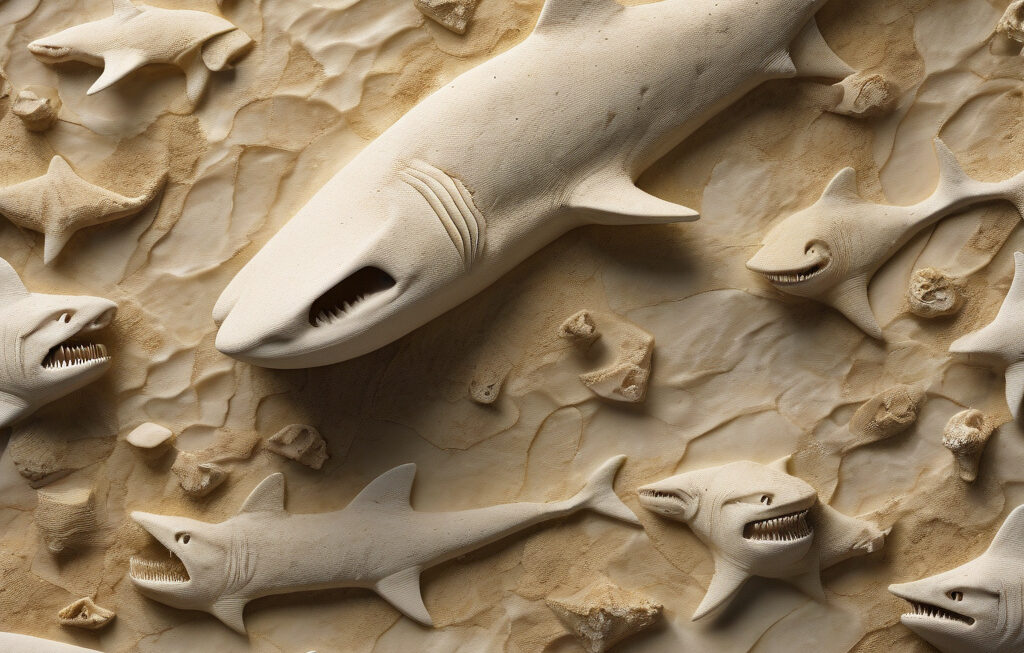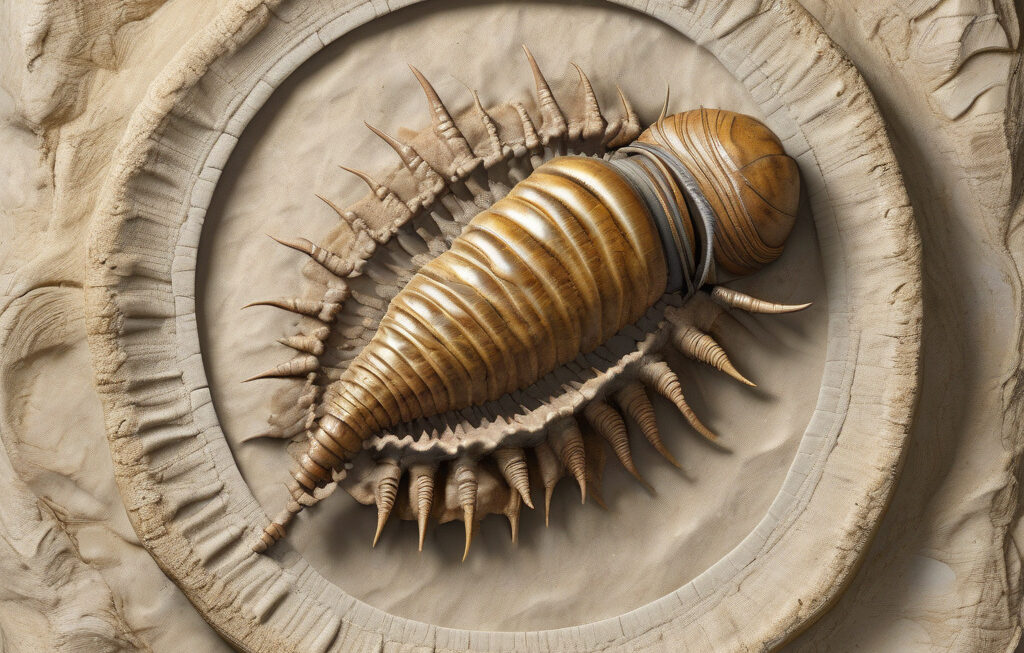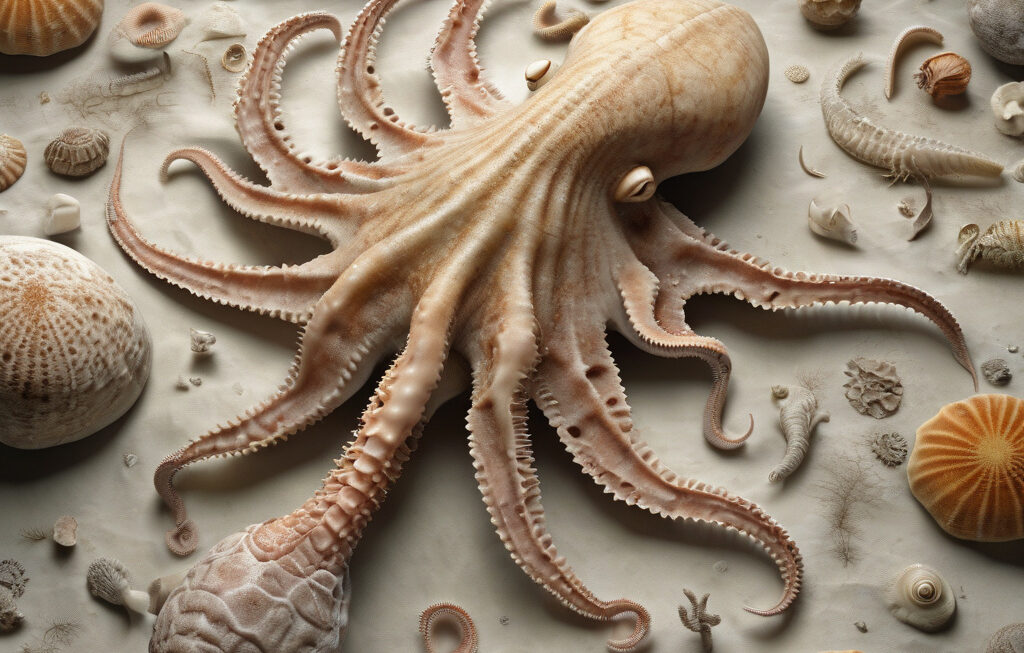US Team Discovers Winged Reptile that Took Powered Flight with Early Dinosaurs
In a remote bonebed in Arizona, a Smithsonian team unearthed the oldest pterosaur on record. This remarkable discovery sheds light on the evolution of flight and the interconnectedness of ancient species. The findings not only challenge existing theories but also open up a world of possibilities in understanding the capabilities of prehistoric creatures.
Pterosaurs, often referred to as pterodactyls, were flying reptiles that lived alongside dinosaurs during the Mesozoic Era. The newly discovered species, named Pteranodon antiquus, is believed to have roamed the skies approximately 210 million years ago. What sets this finding apart is the evidence suggesting that Pteranodon antiquus was capable of powered flight, a feat previously thought to have evolved much later in the evolutionary timeline.
The fossilized remains of Pteranodon antiquus provide valuable insights into the anatomy and biomechanics of these ancient creatures. The structure of the wing bones indicates a sophisticated design optimized for aerial mobility. By studying these adaptations, scientists can piece together how pterosaurs mastered the skies long before birds and bats.
Furthermore, the discovery challenges the conventional narrative of powered flight evolution. It suggests that the ability to fly may have emerged multiple times throughout evolutionary history, with pterosaurs developing this skill independently of other flying species. This parallel evolution highlights the diverse pathways taken by organisms to adapt to their environments and thrive.
The implications of this discovery extend beyond paleontology. By understanding how Pteranodon antiquus achieved powered flight, researchers can draw parallels to modern aviation technology. The principles that governed the flight of these ancient reptiles may inspire innovative designs for aircraft and drones, pushing the boundaries of human flight capabilities.
Moreover, the coexistence of pterosaurs and dinosaurs raises intriguing questions about ecological dynamics and species interactions in prehistoric times. The discovery of Pteranodon antiquus adds another layer to the complexity of ancient ecosystems, painting a richer picture of life during the Mesozoic Era.
As researchers continue to analyze the fossilized remains and data gathered from the Arizona bonebed, new revelations about Pteranodon antiquus and its significance in evolutionary history are bound to emerge. Each insight brings us closer to unraveling the mysteries of the past and appreciating the wonders of the natural world.
In conclusion, the discovery of Pteranodon antiquus by the Smithsonian team represents a milestone in paleontological research. This ancient winged reptile not only showcases the early origins of powered flight but also underscores the interconnectedness of life forms throughout Earth’s history. By peering into the distant past, we gain a deeper appreciation for the marvels of evolution and the enduring legacy of prehistoric creatures.
evolution, flight, pterosaur, discovery, paleontology












